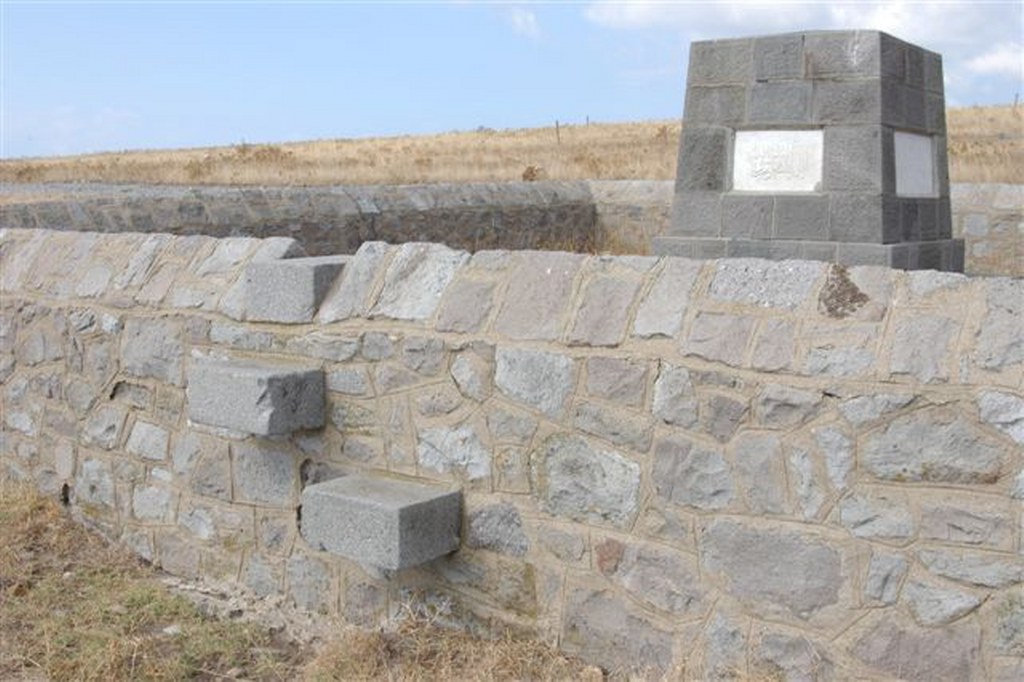West Mudros Muslim Cemetery
- Country Greece
- Total identified casualties 0 Find these casualties
- Identified casualties from First World War
- GPS Coordinates Latitude: 39.87297, Longitude: 25.20196
Location information
The Cemetery is on the Greek island of Limnos in the north-east Aegean Sea. Mudros Bay is in the south of the island, and the cemetery is located in open ground on the west coast of the bay. Take the national road of Myrina – Mudros until you come to the traffic lights next to Livadochori Village. Turn right at the traffic lights and follow the sign posts to Portianos. Continue on this road for around 5-6 km passing by or through the villages of Kalithea, Nea Koutali, and Neo Pedino. Upon entry to the village you shall find clearly marked CWGC signs which shall lead you to the centre of the village. Follow the CWGC which shall lead you down an unmade farm road for a further 3 km to the cemetery and memorial.
Visiting information
The Cemetery is permanently open and may be visited at any time.
For further information and enquiries please contact enquiries@cwgc.org
History information
Because of its position, the island of Lemnos played an important part in the campaigns against Turkey during the First World War. It was occupied by a force of marines on 23 February 1915 in preparation for the military attack on Gallipoli, and Mudros became a considerable Allied camp. The 1st and 3rd Canadian Stationary Hospitals, the 3rd Australian General Hospital and other medical units were stationed on both sides of Mudros bay and a considerable Egyptian Labour Corps detachment was employed. After the evacuation of Gallipoli, a garrison remained on the island and the 1st Royal Naval Brigade was on Lemnos, Imbros and Tenedos for the first few months of 1916.
On 30 October 1918, the Armistice between the Entente Powers and Turkey was signed at Mudros.
West Mudros Muslim Cemetery is in open ground on the west coast of Mudros Bay. The cemetery contains the graves of 170 men of the Egyptian Labour Corps and 56 Turkish soldiers, none of which are marked individually. The commemoration is in the form of a memorial obelisk surrounded by a stone wall.



